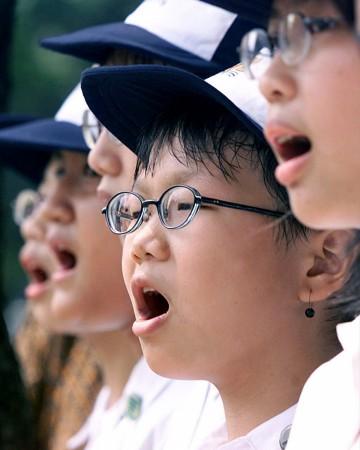
A research has found that exposure to higher ultraviolet B (UVB) radiation is directly linked to reducing the odds of myopia. People belonging to the age group of 14 to 29 years get the maximum benefits of UVB rays.
Myopia or near sightedness is caused by various factors which can be genetic or environmental. This disorder has become pretty common in Asia, the US and Europe.
The study was conducted by Astrid E Fletcher of the London School of Hygiene and Tropical Medicine, along with his colleagues who analysed the link of myopia with UVB radiation, serum vitamin D concentrations and vitamin D pathway genetic variants.
The research was conducted on 4,187 participants, who were 65 years old or more. Out of them, 4,166 partakers went through an eye examination, a questionnaire and even gave blood samples. The results pointed out that 371 participants were myopic whereas 2,797 were not.
This study found that the odds of myopia got deducted with raised UVB exposure for people belonging to the age group of 14 to 39 years.
Those who were more educated were found more prone to the odds of myopia. No link was found between myopia, variants in genes associated with vitamin D and serum vitamin D3 concentrations.
"The association between UVB, education, and myopia remained even after respective adjustment. This suggests that the high rate of myopia associated with educational attainment is not solely mediated by lack of time outdoors," the authors were quoted as saying by JAMA Network.
"As the protective effect of time spent outdoors is increasingly used in clinical interventions, a greater understanding of the mechanisms and life stages at which benefit is conferred is warranted," they added.









